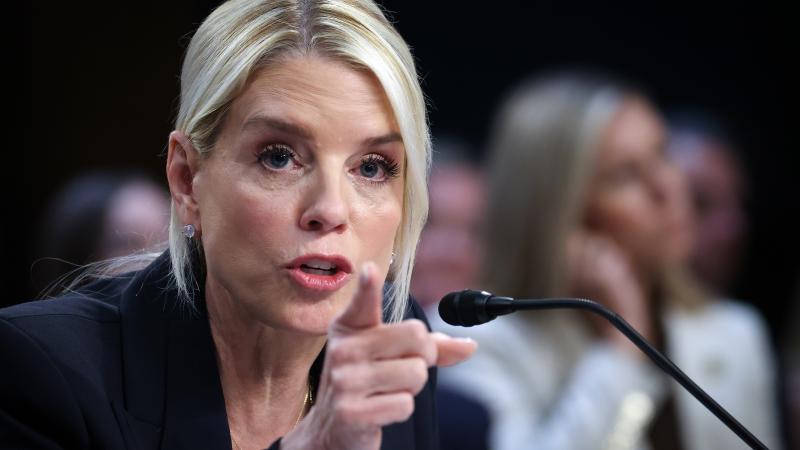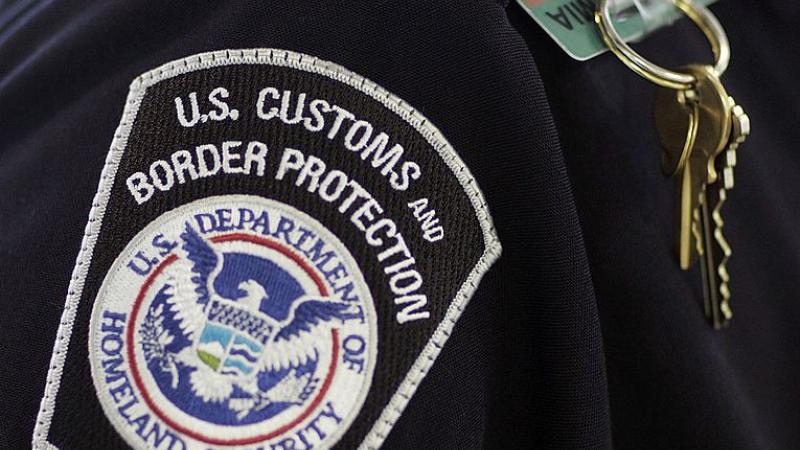Cases up, deaths down? Conflicting COVID metrics feed pressure to reinstate mandates
Denmark officials rebut claims that their death count is soaring a month after ending all restrictions.
As governments, corporations and educational institutions rein in COVID-19 mitigation measures, critics and supporters of various mandates are picking through global data on viral metrics to support their views.
A related debate is what role if any asymptomatic testing should play as the novel coronavirus mutates to milder and more transmissible variants such as Omicron and its descendant known as BA.2.
Multiple countries are experiencing jumps in case counts but no corresponding wave of deaths. Worldometer, which tracks global data, said only 0.1% of roughly 61 million active cases were reported as "serious or critical."
China's recent explosion of symptomatic cases can be best explained by its low herd immunity, the result of the Chinese Community Party's lockdown strategy, Yale School of Public Health epidemiologist Harvey Risch told "Just the News Not Noise" this week.
"So I think that what they're experiencing is they're just sponging up the new Omicron cases where people are exposed to it," he said. Any new wave that hits the U.S., perhaps this fall, is likely to result from waning vaccine and natural immunity but probably won't be more "virulent" than Omicron.
U.K. government data shows a 49% increase in positives in the past week (649 per 100,000) after reaching near-lows in late February, with a corresponding 9% increase in testing (nearly 419,000).
While U.K. "patients admitted" rose 21% (1,900) in the same period, deaths from any cause within 28 days of a positive test fell more than 4% (34), reaching a rate of 0.9 per 100,000. (Reported death certificates mentioning COVID are higher but also have an 11-day lag.)
Germany hit an all-time high for positives with 1,600 per 100,000 over the past week, a figure possibly capped by maxed-out testing capacity and a rescinded requirement to confirm rapid antigen tests with more-sensitive PCR tests, The Guardian reported.
Intensive care admissions went up but the death rate is notably below that of the pandemic's first winter, according to the newspaper. Germany is scheduled to relax mask mandates this weekend while retaining the option to ban unvaccinated Germans from non-essential shops in "hotspots."
Denmark raised eyebrows among COVID alarmists Feb. 1 when it ended all COVID restrictions, partly justified by the high vaccination rate. While COVID data analyst Ian Miller emphasized its cases had fallen 72% since Feb. 1, journalist Chris Turnbull declared that deaths were "OUT OF CONTROL" due to the alleged higher severity of BA.2.
The country's State Serum Institute, whose chief epidemiologist welcomed the "massive spread" of Omicron because of its mildness, claimed critics were conflating deaths within 30 days of a positive test with deaths plausibly caused by the virus.
"If you prefer data to hot takes, then let me walk you through the data on deaths in Denmark," Aarhus University political scientist Michael Bang Petersen, a Danish government adviser, wrote in a tweet thread Tuesday.
Excess mortality was high during the 2018 flu season and Delta variant wave, but unremarkable now in the context of winter, he wrote. About one in six Danes has been infected since November, and Denmark tests heavily for COVID, so the 30-day positive death count would capture many regardless of COVID's severity.
Australia's SBS News did an extended segment on Denmark's decision that featured Petersen, asking whether lockdown-heavy Australia should have followed the same course.
Case counts can be misleading based on methodological choices in testing, as even CDC Director Rochelle Walensky acknowledged in December.
PCR tests run at high cycle thresholds are prone to catch old infections or negligible viral loads. Those comprised the vast majority of positives in Massachusetts, New York and Nevada data reviewed in summer 2020 by The New York Times, which reported that most of the U.S. used similarly high cycle thresholds.
Death certificate criteria also varies. Massachusetts recently dropped thousands of deaths attributed to COVID going back to the start of the pandemic, due to narrowing the death window from 60 to 30 days after a positive test.
As the American numbers fall, even elite residential colleges are somewhat easing up on the strictest COVID rules and surveillance practices in the country.
Dartmouth College lifted its indoor mask mandate and vaccine-or-test requirement for visitors Wednesday and will end mandatory asymptomatic testing after April 10, The Dartmouth reported.
Ivy League peer Brown University is now exempting vaccinated students from mandatory testing and indoor masking under a policy revision instituted last week, according to The Brown Daily Herald. Boston College imposed the same vaccine-or-test distinction last month but ended its mask mandate in January, The Heights reported.
The University of Pennsylvania is still requiring masks in classrooms even while ending its general indoor mandate, while only students with documented boosters are exempt from twice-weekly testing, The Daily Pennsylvanian reported this week.
University of California San Francisco epidemiologist Vinay Prasad argued against asymptomatic testing in January and reiterated last week that keeping the practice as cases climb "will be massively disruptive." He said it's only "bio-plausible," not proven, that testing "can shield others from infection."
The CDC itself recently warned that its seasonal influenza estimates may be off because of higher-than-normal flu testing paired with COVID testing. The agency admitted last week that this season's flu vaccine was only 16% effective against "mild/moderate" infection, "which is considered not statistically significant." (A widely touted randomized controlled trial in Bangladeshi villages found surgical masks reduced symptomatic COVID by 11%.)
Yet the CDC is also pushing schools to continue testing students and staff, regardless of symptomatic presentation, "to stop the spread of COVID-19 and keep kids in school."
The Facts Inside Our Reporter's Notebook
Links
- Worldometer
- U.K. government data
- The Guardian
- ended all COVID restrictions
- COVID data analyst Ian Miller
- journalist Chris Turnbull
- welcomed the "massive spread" of Omicron
- critics were conflating deaths
- Michael Bang Petersen
- Australia's SBS News
- CDC Director Rochelle Walensky acknowledged
- The New York Times
- Massachusetts recently dropped thousands of deaths
- strictest COVID rules and surveillance practices in the country
- The Dartmouth
- The Brown Daily Herald
- The Heights
- The Daily Pennsylvanian
- Vinay Prasad argued against asymptomatic testing
- reiterated last week
- seasonal influenza estimates may be off
- this season's flu vaccine was only 16% effective
- randomized controlled trial in Bangladeshi villages
- CDC is also pushing schools to continue testing
















